20 Vegetables That Are Healthier Than They Seem
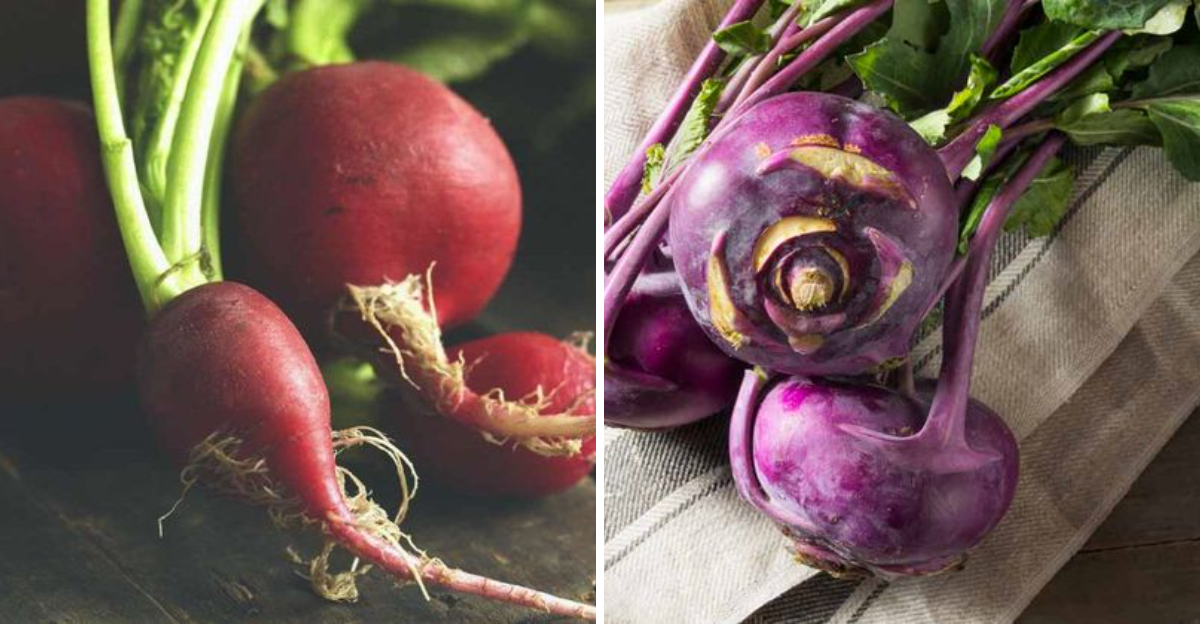
Some veggies get all the glory—like kale and broccoli—but others quietly deliver a powerhouse of nutrients without the fame. Whether they’re humble, underrated, or just misunderstood, these 20 vegetables are sneakily healthy and deserve more space on your plate.
1. Cabbage
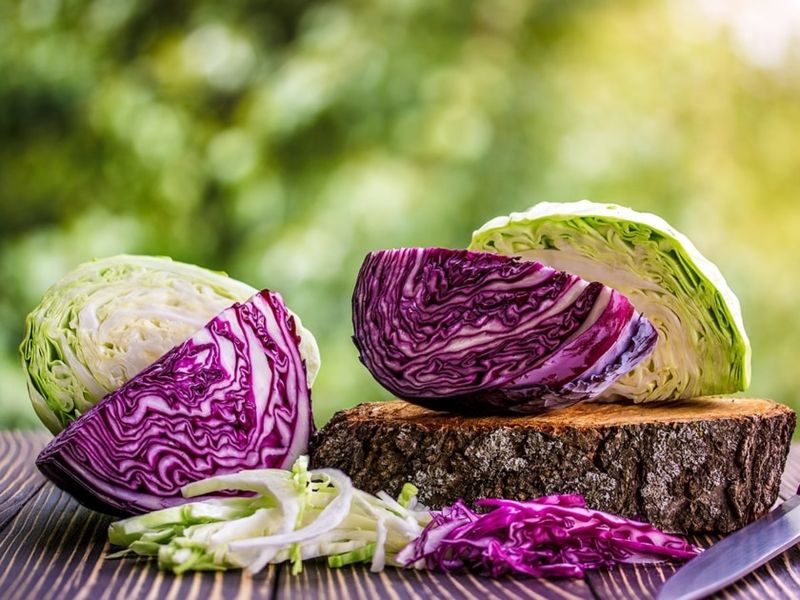
Cabbage might not steal the spotlight, but beneath its leafy exterior lies a trove of vitamins. This unassuming veggie is brimming with vitamin C, essential for immune support and glowing skin. Rich in fiber, cabbage aids digestion and promotes a healthy gut. Its anti-inflammatory properties can soothe the body from within. Consider fermenting it into sauerkraut for gut-boosting probiotics.
Beyond its culinary uses, cabbage has a history in traditional medicine as a remedy for various ailments. Economical and versatile, it deserves more attention on your shopping list.
2. Cauliflower

Cauliflower, often overshadowed by its green cousin broccoli, is a chameleon in the kitchen. It’s not just a low-carb substitute. Packed with antioxidants, it helps protect cells from damage. Vitamin K supports bone health, while detoxification pathways get a boost from its compounds.
When roasted, it transforms into a nutty delight. From creamy soups to pizza crusts, cauliflower’s adaptability is unmatched. Historical records suggest it was revered in ancient times. Its gentle flavor makes it a favorite for those exploring new culinary landscapes.
3. Beets
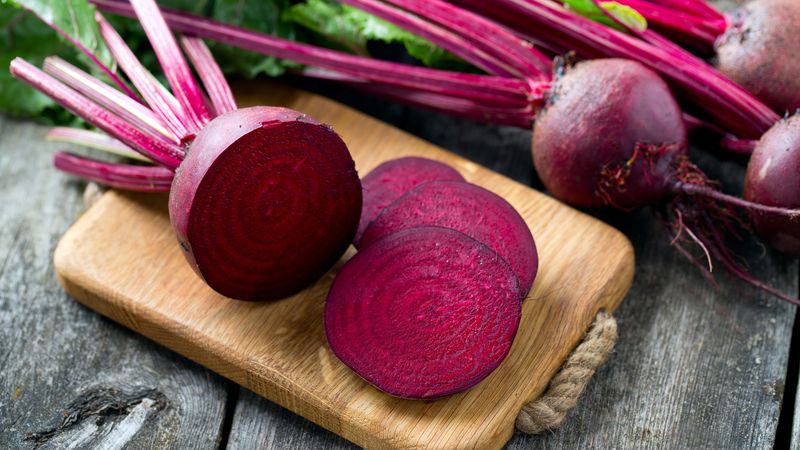
Beets, often misunderstood due to their earthy taste, are a powerhouse of nutrients. Packed with nitrates, they improve blood flow and enhance athletic performance. These vibrant roots support heart health and lower blood pressure.
Beets have been cultivated since the Middle Ages, valued for their medicinal properties. Roasted or juiced, they offer versatility in the kitchen. Beyond their nutritional benefits, beets contain pigments that may fight inflammation. Their rich color is not just appealing but a testament to their antioxidant content.
4. Zucchini
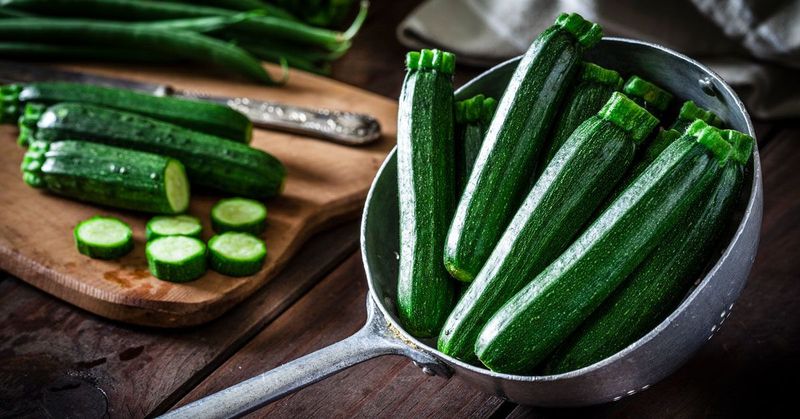
Zucchini’s subtle flavor hides a wealth of nutrients. Known for its high water content, it aids in hydration and digestion. Potassium in zucchini helps maintain healthy blood pressure levels. Vitamin C boosts immunity, while its fiber supports gut health.
This summer squash is versatile, shining in both savory and sweet dishes. Whether grilled, spiralized, or baked into bread, zucchini adapts effortlessly. Historically, zucchini has been a staple in Mediterranean diets, revered for its health benefits and culinary flexibility. It’s a must-have for health-conscious eaters.
5. Celery

Celery, often seen as just a crunchy snack, holds surprising benefits. It’s a powerhouse of antioxidants like apigenin and luteolin, which combat inflammation. Rich in vitamins, celery juice has become a health trend for its potential healing properties.
Beyond nutrition, celery’s subtle flavor complements numerous dishes. Historically, it’s been used in traditional remedies for hypertension. Whether juiced, chopped in salads, or as a soup base, celery offers more than meets the eye. It’s a versatile addition to any meal.
6. Carrots
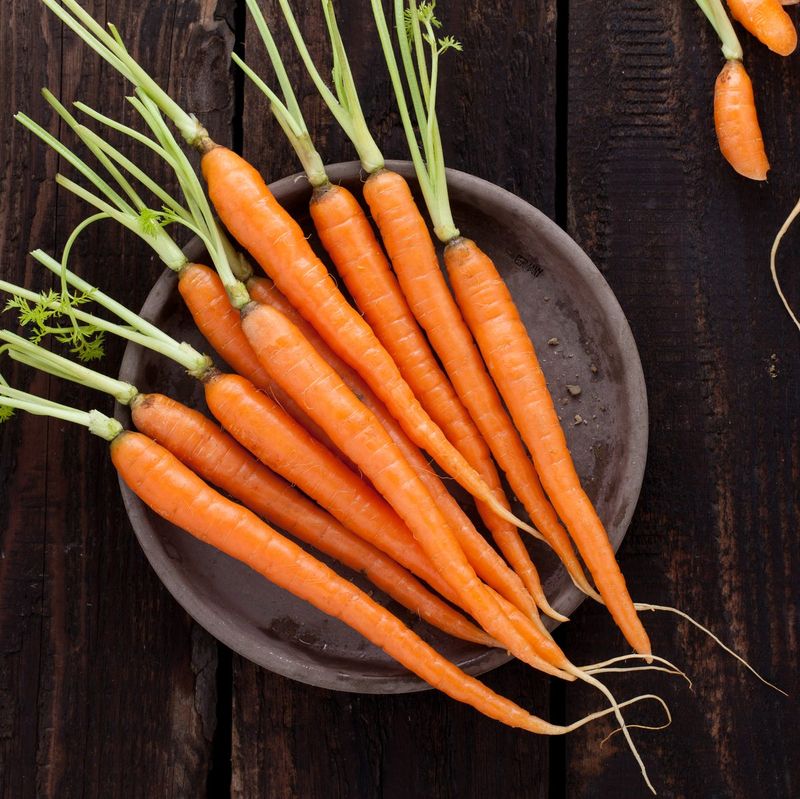
Carrots, with their vibrant colors, are more than just a crunchy snack. Famous for beta-carotene, they promote eye health and strengthen the immune system. The fiber in carrots supports digestion, making them a gut-friendly choice.
These root vegetables have been treasured since ancient times for their sweet flavor and nutritional value. Roasted, raw, or juiced, carrots add a splash of color and health benefits to any dish. Their versatility and natural sweetness make them a favorite among children and adults alike.
7. Radishes
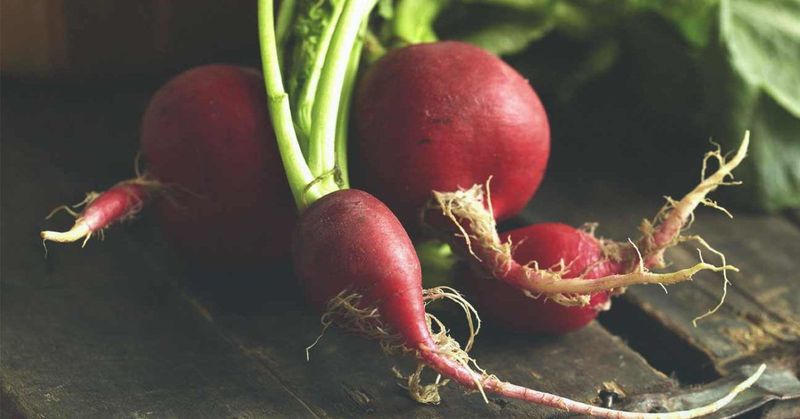
Radishes, with their peppery bite, are more than just salad garnishes. High in antioxidants, they help combat oxidative stress in the body. Sulfur compounds in radishes may aid in liver detoxification, promoting overall health.
These crunchy roots have been cherished since ancient times, both for their nutritional properties and spicy flavor. Whether sliced thin in salads or pickled as a condiment, radishes add a refreshing zing to meals. Their vibrant colors and unique taste make them a standout in any dish.
8. Turnips

Turnips, once a staple in ancient diets, are nutrient-dense champions. High in vitamin C, they support the immune system and skin health. Fiber-rich, turnips aid digestion and keep you feeling full with minimal calories.
These root vegetables offer a mild, slightly sweet flavor that complements a variety of dishes. Mashed, roasted, or added to soups, they provide versatility in the kitchen. Historically, turnips have been used in folk medicine for their purported health benefits. They deserve a comeback in modern diets.
9. Brussels Sprouts

Brussels sprouts, often polarizing in taste, are nutrient powerhouses. High in fiber, they support digestive health and keep you satisfied. Sulfur-containing compounds promote detoxification, aiding the liver’s natural processes.
Roasting brings out their nutty, sweet flavors, making them a delicious side dish. Once relegated to holiday meals, Brussels sprouts have gained popularity as a trendy vegetable. Their rich nutritional profile and culinary versatility make them worthy of inclusion in any diet. They’re a modern kitchen staple with ancient roots.
10. Artichokes

Artichokes, with their unique appearance, are more than just a culinary challenge. They are one of the best sources of prebiotic fiber, feeding good gut bacteria and supporting digestion. Rich in antioxidants, they help protect the liver and promote heart health.
Steamed, grilled, or in dips, artichokes offer delightful flavors and textures. Historically, they were prized by ancient civilizations for their supposed aphrodisiac qualities. Today, they’re celebrated for their health benefits. Artichokes are a deliciously healthy choice for adventurous eaters.
11. Green Peas
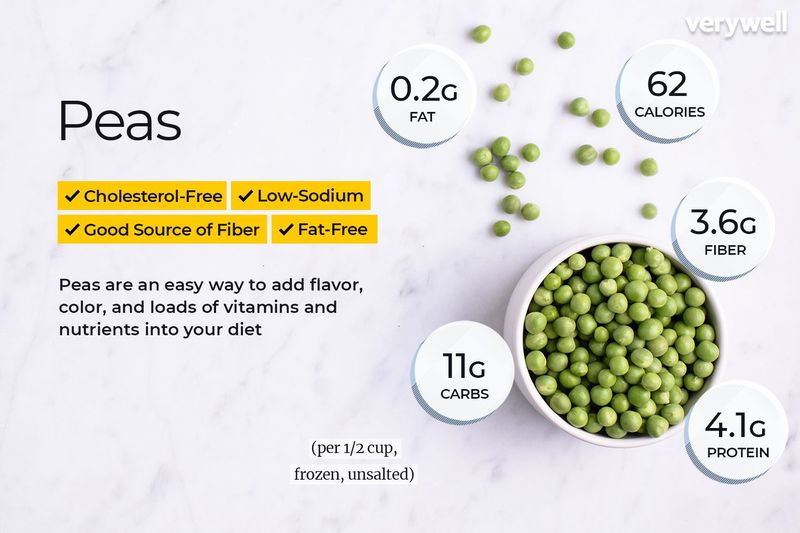
Green peas, often mistaken for simple side dishes, are nutrition-packed marvels. Full of plant protein and fiber, they support muscle health and digestion. Vitamins like A, C, and K boost immunity and bone health.
These tiny legumes have been cultivated for thousands of years, favored for their sweet taste and versatility. Whether in soups, salads, or as a standalone dish, peas offer a burst of freshness and nutrition. Their vibrant color and sweet flavor make them appealing to all ages, from toddlers to grandparents.
12. Rutabaga
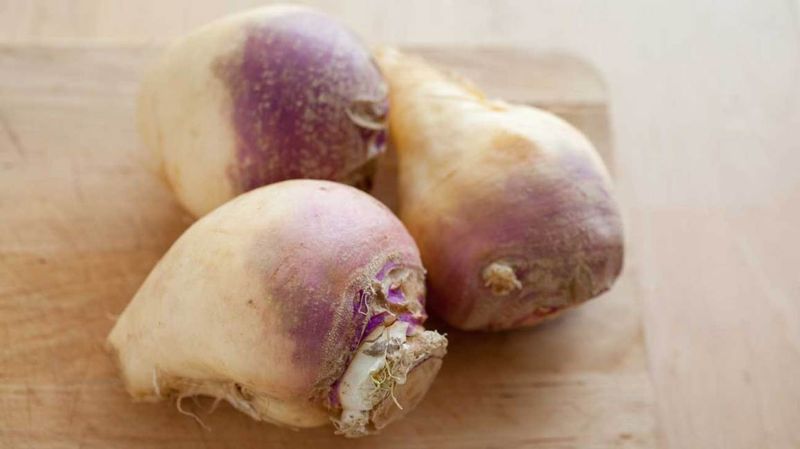
Rutabaga, a hybrid of turnip and cabbage, offers mild flavors and abundant nutrients. Rich in antioxidants, they help combat oxidative stress. Potassium supports heart health, while fiber aids digestion.
Often overlooked, rutabagas shine when roasted or mashed as a healthier alternative to potatoes. Historically, they were a vital crop in Scandinavian countries during harsh winters. Their resilience and nutritional benefits make them a worthy addition to any modern table, offering both nourishment and comfort.
13. Kohlrabi
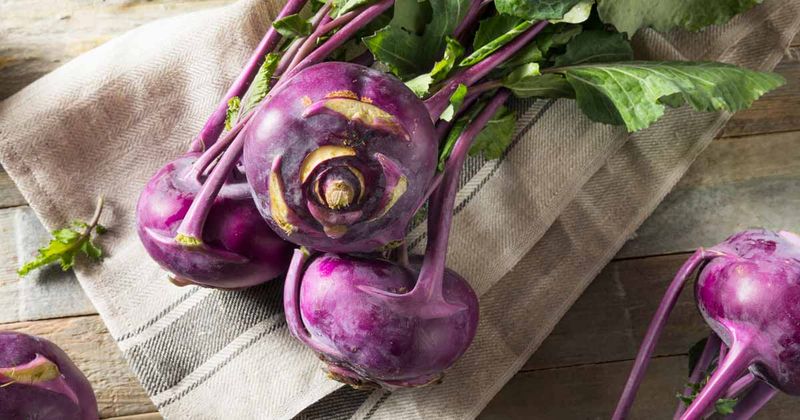
Kohlrabi, with its alien-like appearance, captivates with its sweet, mild flavor. Packed with vitamin C, it boosts immunity and promotes glowing skin. Potassium in kohlrabi aids in heart health, while fiber supports digestion.
This cruciferous vegetable can be eaten raw or cooked, offering a crunchy texture similar to an apple. Historically, kohlrabi has been a staple in European diets for centuries. Its versatility and unique taste make it a delightful addition to salads, stews, and stir-fries, intriguing both novice and seasoned cooks.
14. Swiss Chard
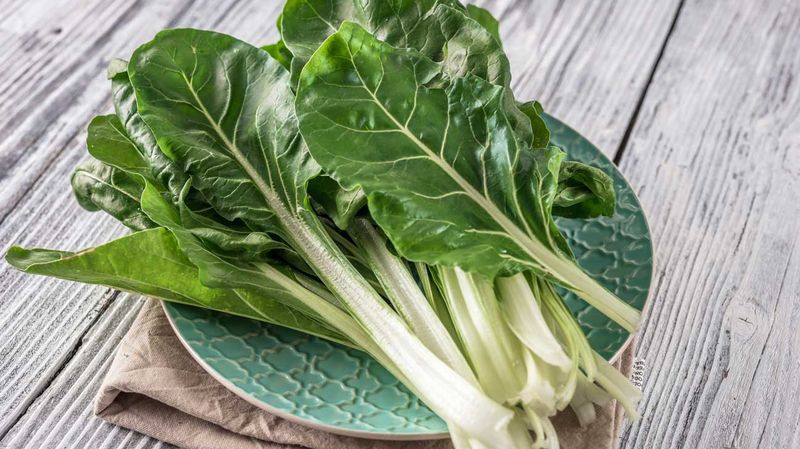
Swiss chard, lesser-known than spinach, is equally nutrient-dense. Rich in magnesium and iron, it supports energy levels and overall health. Compounds in Swiss chard help regulate blood sugar, making it beneficial for diabetics.
Historically, Swiss chard has been a staple in Mediterranean diets. Its broad, colorful leaves add visual appeal to any dish. Whether sautéed, added to soups, or used in salads, Swiss chard offers versatility and nutrition. Its slightly bitter taste complements many flavors, making it a favorite among chefs and home cooks alike.
15. Fennel
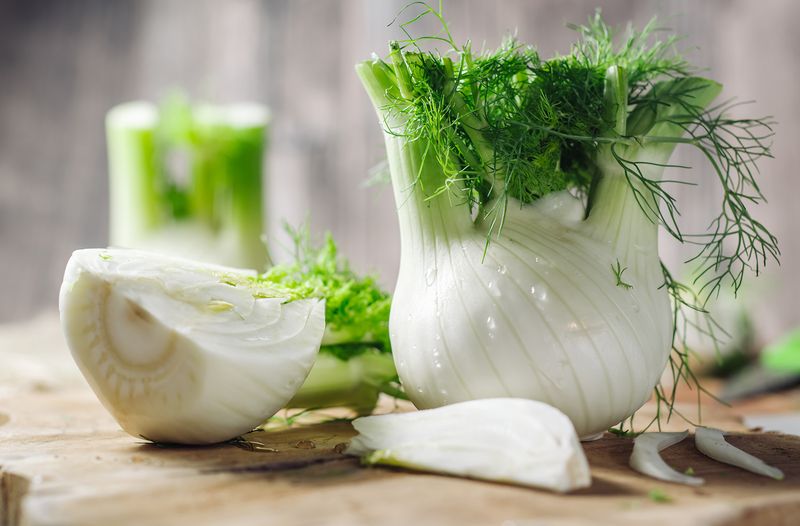
Fennel, with its licorice flavor, may not appeal to everyone, but its benefits are undeniable. A natural digestive aid, fennel is packed with vitamin C and fiber. Its aromatic seeds have been used for centuries to improve digestion and flavor dishes.
In history, fennel was believed to ward off evil spirits. Its unique taste pairs well with citrus and seafood, offering a refreshing crunch. Whether raw in salads or cooked into dishes, fennel adds a distinctive touch. It’s a must-try for those willing to explore new flavors.
16. Okra
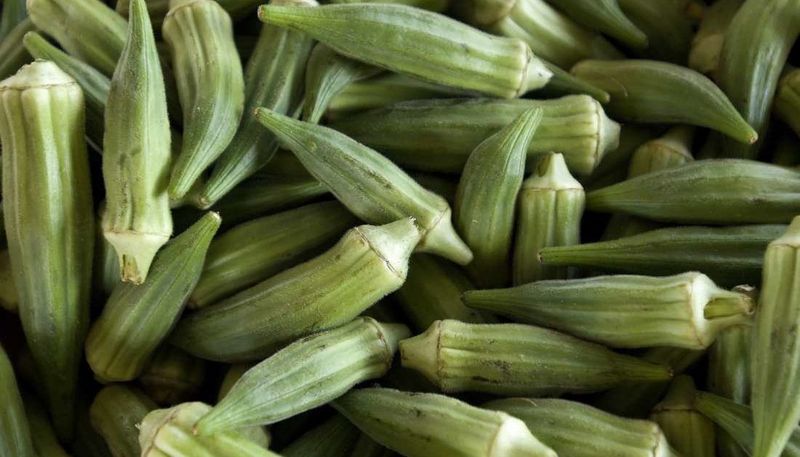
Okra, a Southern favorite, is more than just a fried delicacy. Rich in antioxidants, it supports overall health. Vitamin K in okra promotes bone health, while soluble fiber helps stabilize blood sugar.
This versatile vegetable can be pickled, fried, or added to stews. Its mucilaginous texture thickens dishes, making it a staple in gumbo. Historically, okra has been cherished in African and Indian cuisines. Its unique flavor and health benefits make it a valuable addition to diverse culinary traditions.
17. Parsnips

Parsnips, with their sweet, nutty flavor, are more than just carrot look-alikes. High in fiber, they aid digestion and keep you full. Vitamin C and folate in parsnips support immune health and cell growth.
Roasted or pureed, parsnips offer a delightful twist on traditional side dishes. In medieval times, they were a staple food across Europe. Their sweetness intensifies when cooked, making them a favorite for cold-weather meals. Parsnips bring a comforting, nostalgic touch to modern kitchens.
18. Seaweed
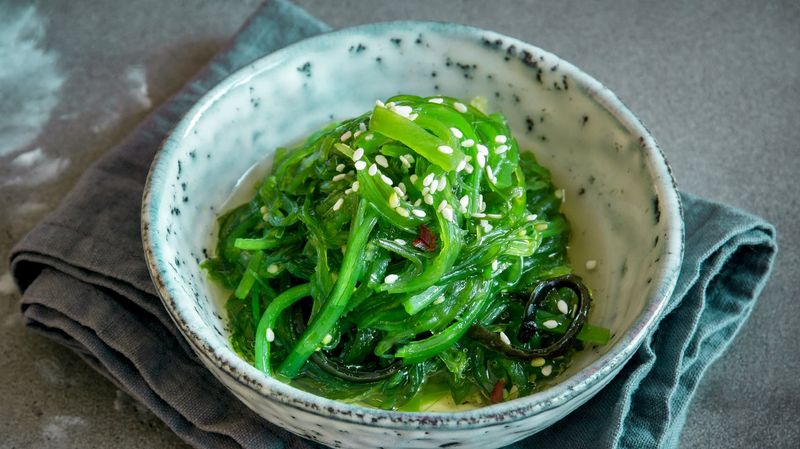
Seaweed, technically a sea vegetable, is an iodine-rich powerhouse. It supports thyroid health and provides essential minerals. Rich in antioxidants, seaweed helps combat oxidative stress and inflammation.
In many Asian cultures, seaweed has been a dietary staple for centuries. From sushi wraps to salads, its umami flavor enhances numerous dishes. Its nutritional profile makes it a popular choice for health enthusiasts. Seaweed offers a taste of the ocean’s bounty, bringing unique flavors and textures to the table, intriguing adventurous palates.
19. Mushrooms

Mushrooms, though technically fungi, are nutritional gems. Rich in B vitamins and selenium, they support immune health and mental clarity. Compounds in mushrooms may boost the immune system and promote gut health.
Historically, mushrooms have been used in traditional medicine across cultures. Versatile and flavorful, they complement a variety of dishes, from soups to stir-fries. Their earthy taste and meaty texture make them a favorite among vegetarians and meat-eaters alike. Mushrooms offer a world of culinary possibilities.
20. Sweet Potatoes

Sweet potatoes, often mistaken for regular potatoes, are nutritional powerhouses. Packed with fiber and beta-carotene, they support eye health and digestion. Complex carbohydrates provide sustained energy, making them a satisfying choice.
Historically, sweet potatoes have been a staple in various cuisines around the world. Their natural sweetness and versatility make them ideal for both savory and sweet dishes. Baked, mashed, or roasted, sweet potatoes appeal to all ages, offering comfort and nutrition in every bite.
